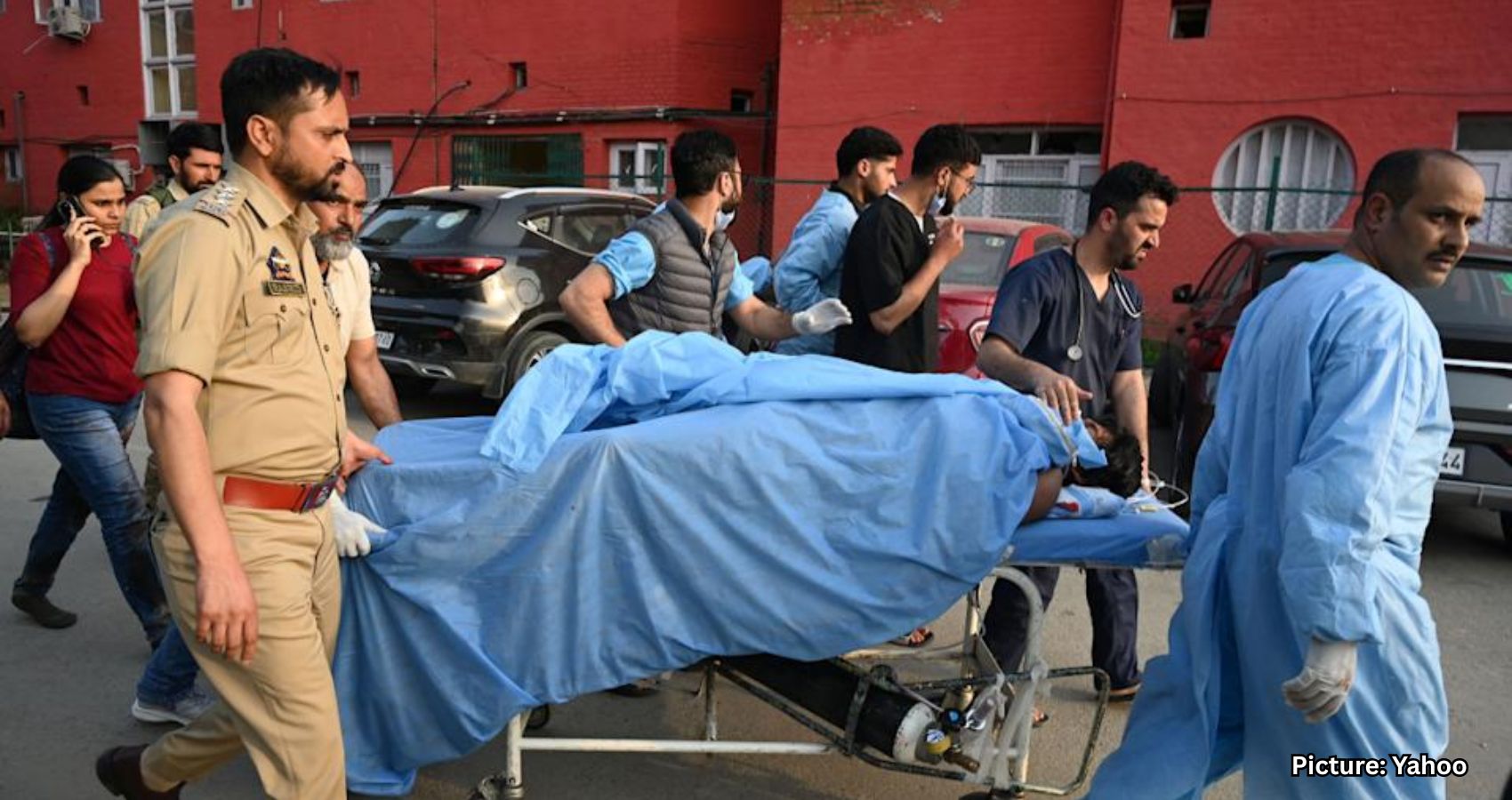The United States has recently updated its travel advisories ahead of the anticipated summer travel surge, and India, one of the world’s most populated countries, has been given a revised security classification. The U.S. State Department has now raised its travel warning for India to a Level 2 advisory, encouraging travelers to maintain heightened awareness while visiting the country.
In the updated notice, the department urged Americans to be cautious during their stay in India, citing concerns over crime and terrorism. The advisory clearly states, “Exercise increased caution in India due to crime and terrorism. Some areas have increased risk.” It points to incidents such as rape, violent crimes, and terrorism as notable threats. Tourist destinations and areas with high foot traffic are considered potential targets, and travelers are advised to be vigilant when visiting such places.
The travel advisory also identifies specific regions that American citizens are strongly discouraged from visiting. These include parts of eastern Maharashtra, northern Telangana, and western West Bengal. The State Department explained that these areas are especially risky because American authorities do not have direct access to them in case of emergencies. “Due to the risks, U.S. government employees working in India must obtain special authorization to travel to these areas,” the department clarified.
In addition to identifying high-risk areas, the advisory also includes guidelines on how visitors should conduct themselves to stay safe and respectful. American travelers are encouraged to comply with Indian laws and customs at all times. This includes restrictions on certain technologies and advice for personal safety. The State Department highlighted that devices such as GPS trackers and satellite phones are banned in India. Women are advised to avoid traveling alone, and all travelers are recommended to exercise the same caution they would in any unfamiliar foreign country.
Moreover, the State Department gave some areas the most severe warning possible. Jammu and Kashmir, for instance, has been labeled as a Level 4 risk area, meaning “Do Not Travel.” The advisory mentions that this region frequently experiences civil unrest and terrorist activity. The area lies along the Line of Control separating India and Pakistan, and tourist destinations like Srinagar, Gulmarg, and Pahalgam in the Kashmir Valley are also included in the warning.
Other parts of India have also received the Level 4 designation. Certain regions in central and eastern India, for example, are known for activities by political extremists. These groups have carried out terrorist attacks targeting law enforcement, paramilitary personnel, and government officials. Such incidents increase the level of danger and make these areas highly unsafe for visitors.
The northeastern state of Manipur has similarly been categorized under Level 4. According to the advisory, the area has witnessed considerable violence and displacement of communities in recent times. This ongoing instability makes it particularly hazardous for foreign travelers.
Furthermore, the advisory advises Americans to reconsider travel to several states in northeastern India. Insurgent groups in these regions have carried out bombings and other forms of violence, creating an unpredictable security environment. While not under the highest threat level, these areas still pose a significant risk and should be approached with caution.
The U.S. Embassy in India is situated in the capital, New Delhi. It serves as the primary point of contact for American citizens in the country and is tasked with providing consular assistance during emergencies or other travel-related issues. Given the current travel advisory, American visitors are strongly encouraged to stay connected with the embassy during their time in India and to register their travel plans when possible.
In sum, the updated travel advisory for India reflects a complex landscape of safety concerns, ranging from urban crime to political violence and terrorism. While the overall country has been classified under a Level 2 advisory—suggesting travelers should “exercise increased caution”—multiple regions within India are considered extremely dangerous and should be avoided altogether. These designations are based on recent developments, ongoing threats, and limited access for emergency assistance in some areas.
By updating this advisory, the United States aims to provide its citizens with clear and timely information that can help them make informed decisions when planning international travel. As always, the priority remains the safety and well-being of U.S. nationals abroad. Travelers are reminded to remain alert, follow local laws and customs, and heed the recommendations laid out by the State Department.

